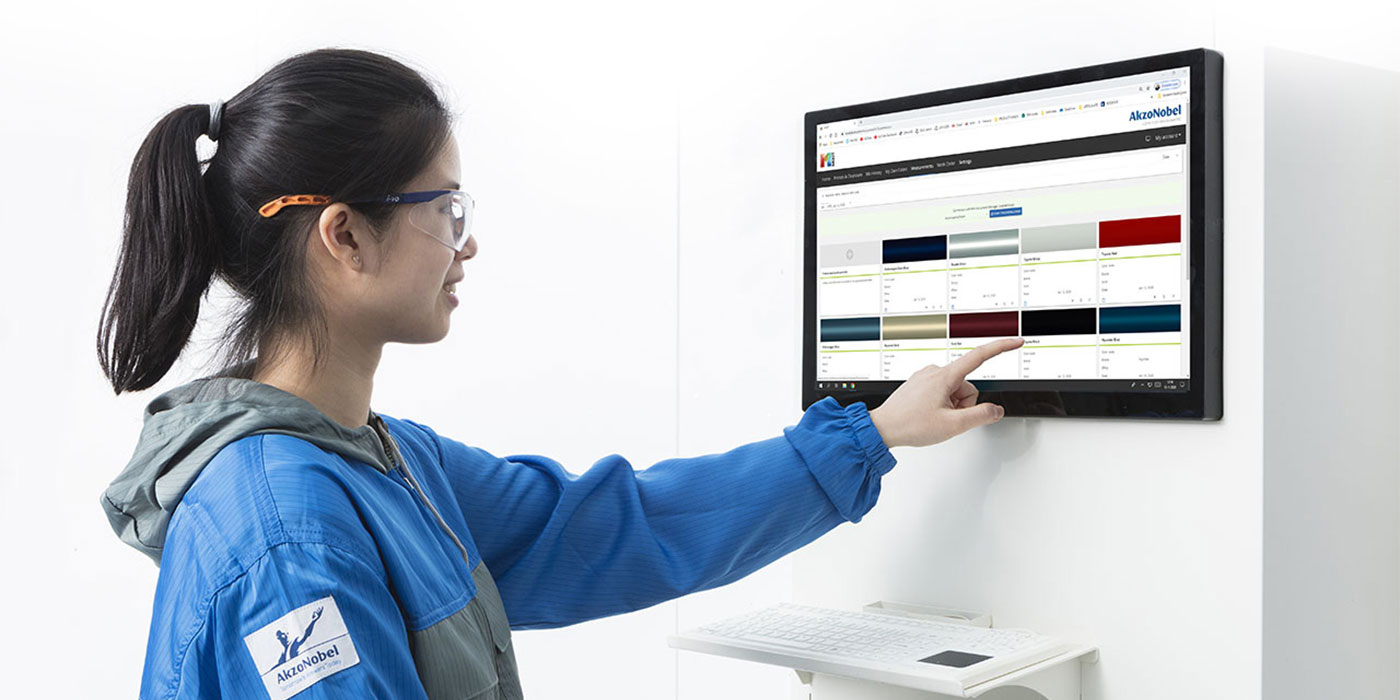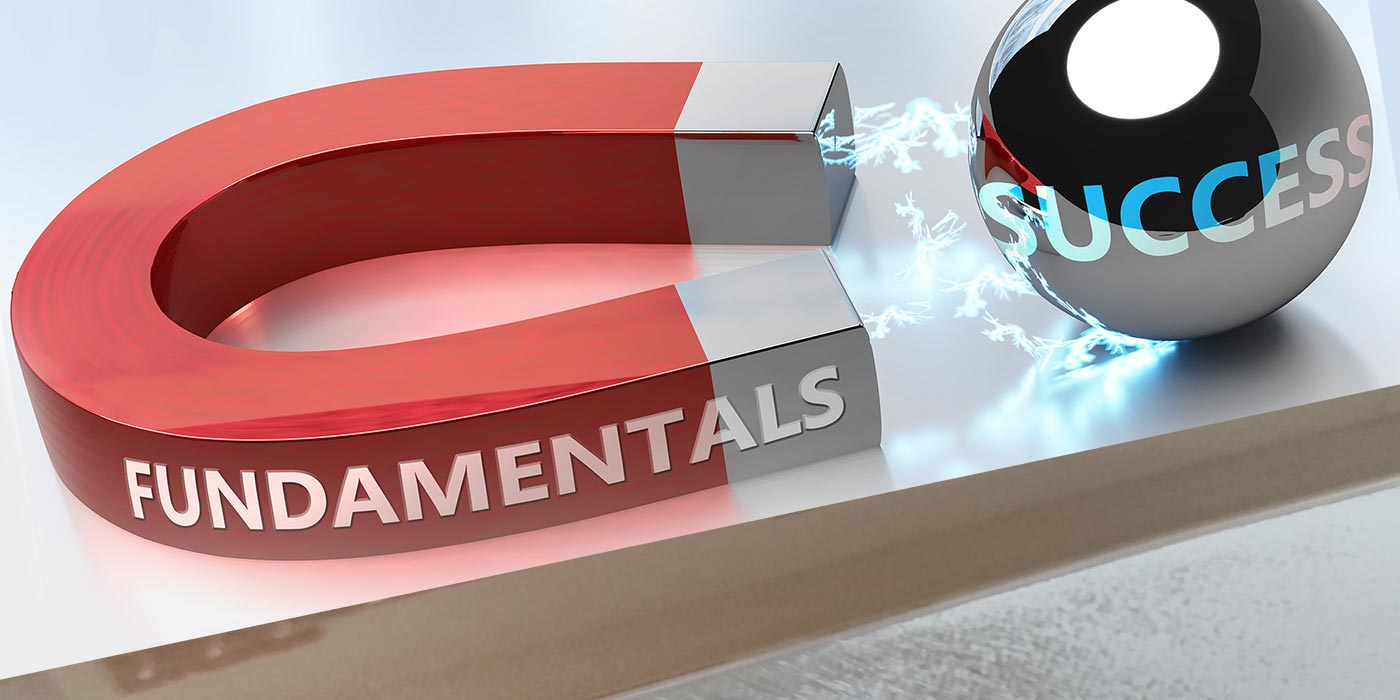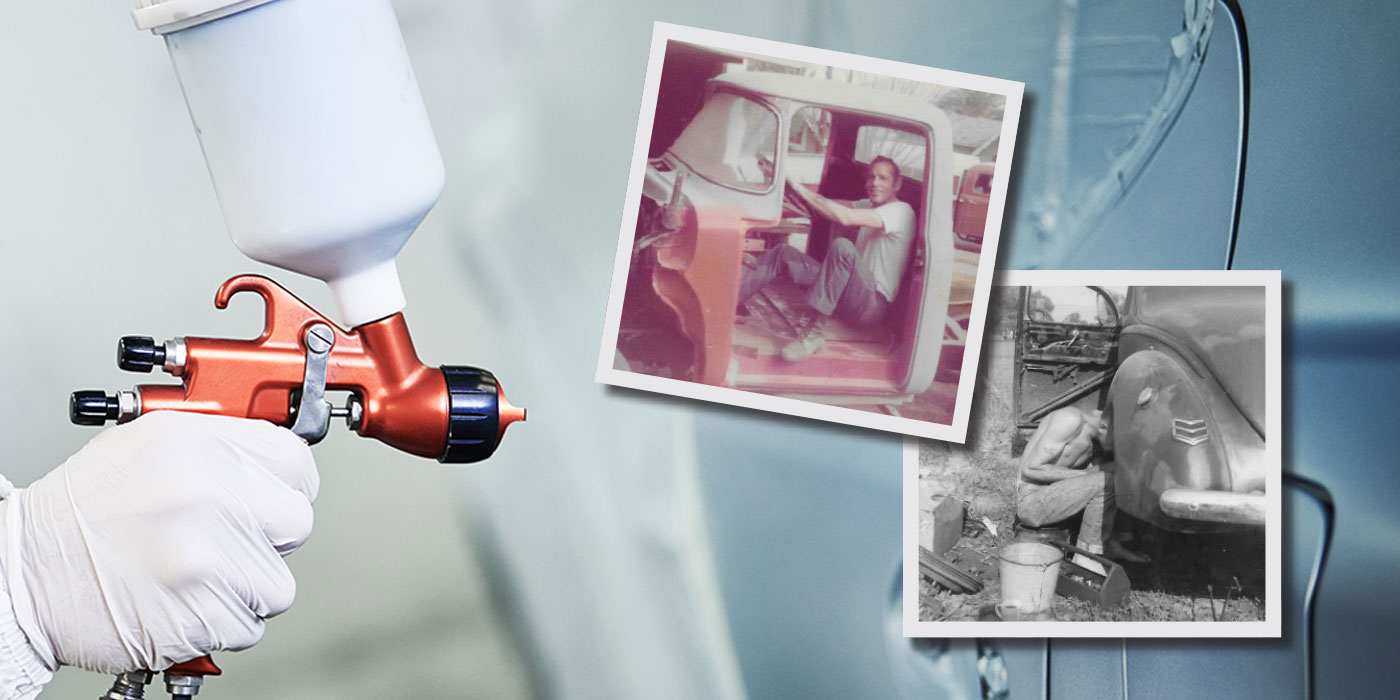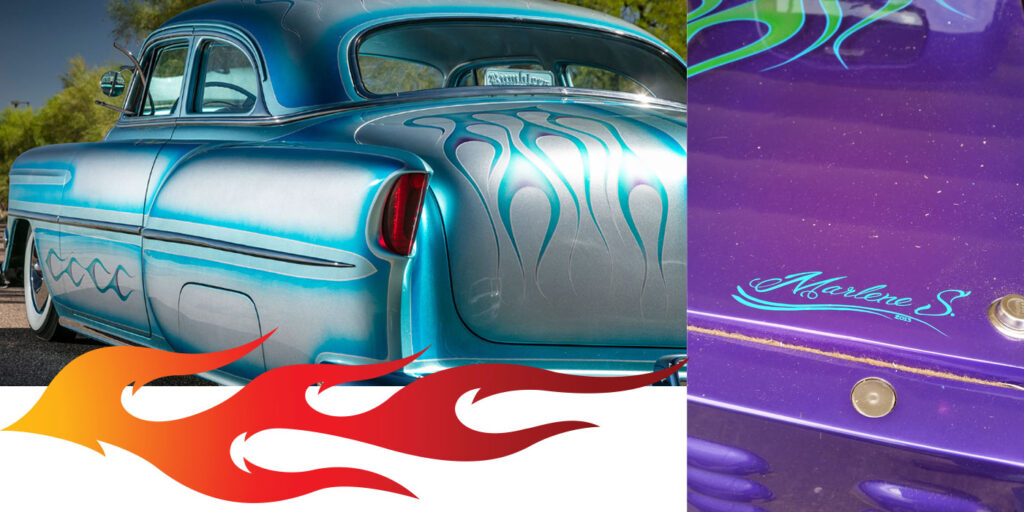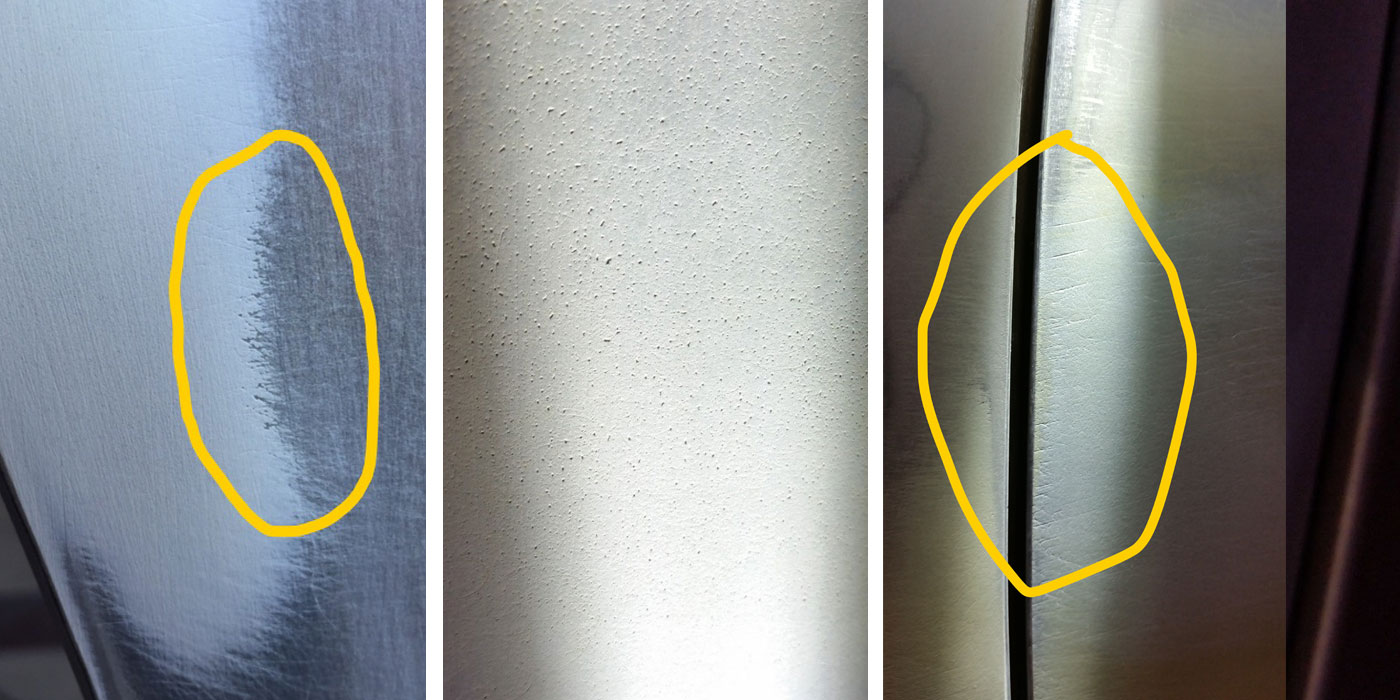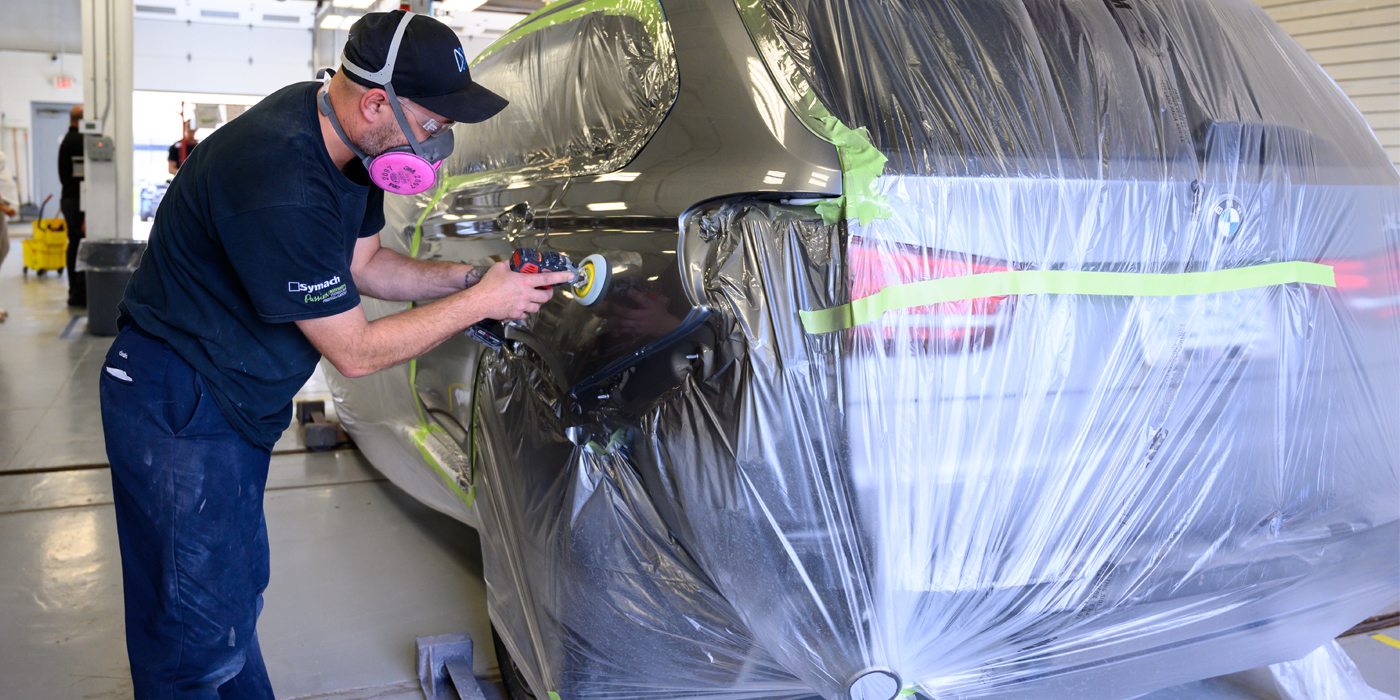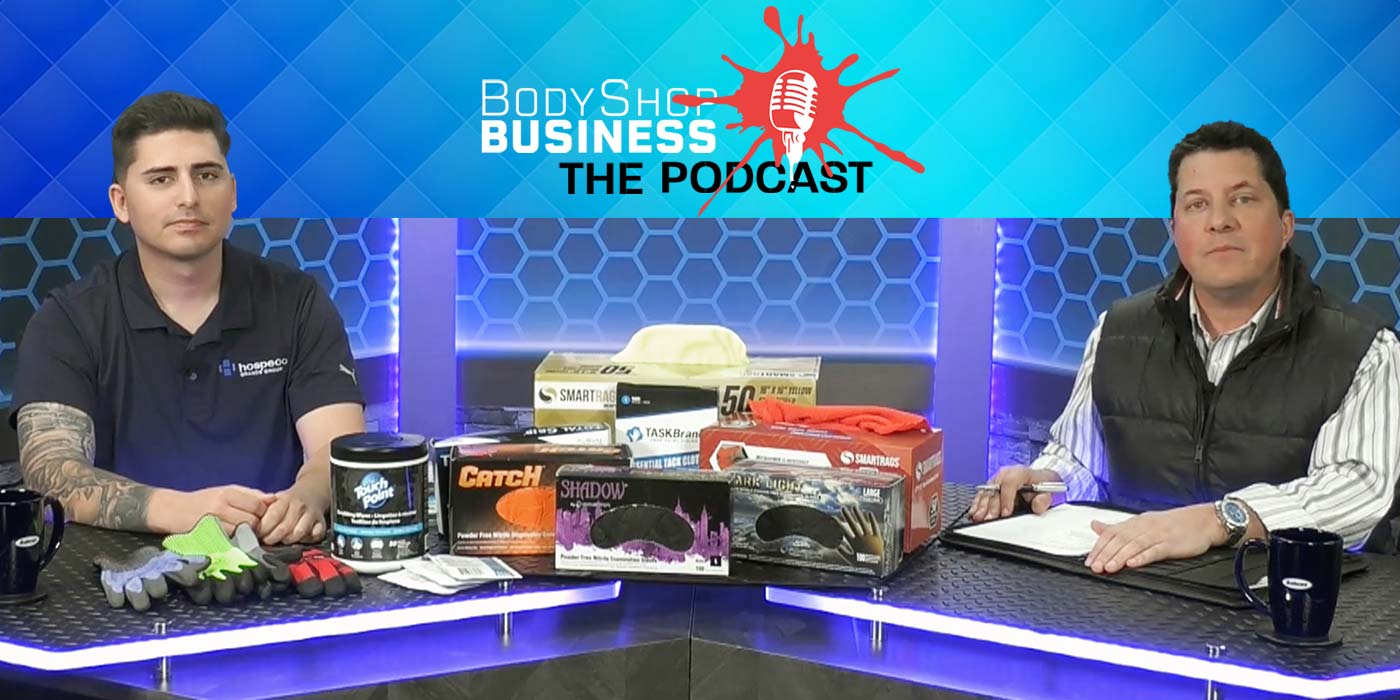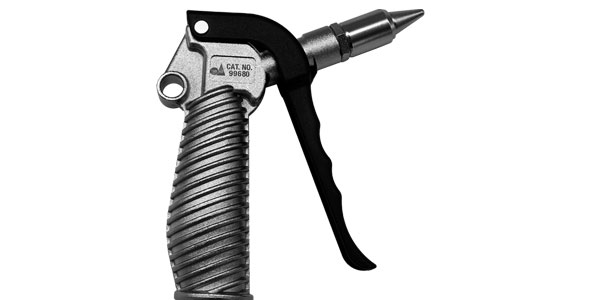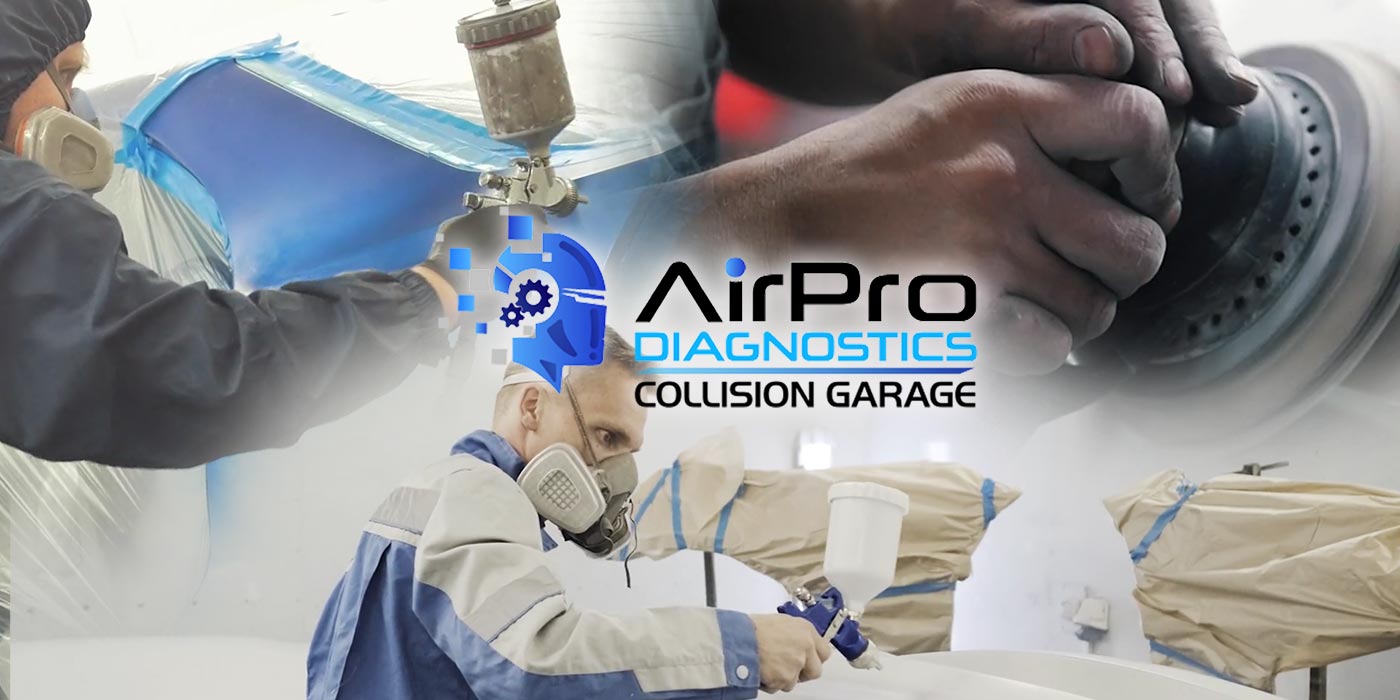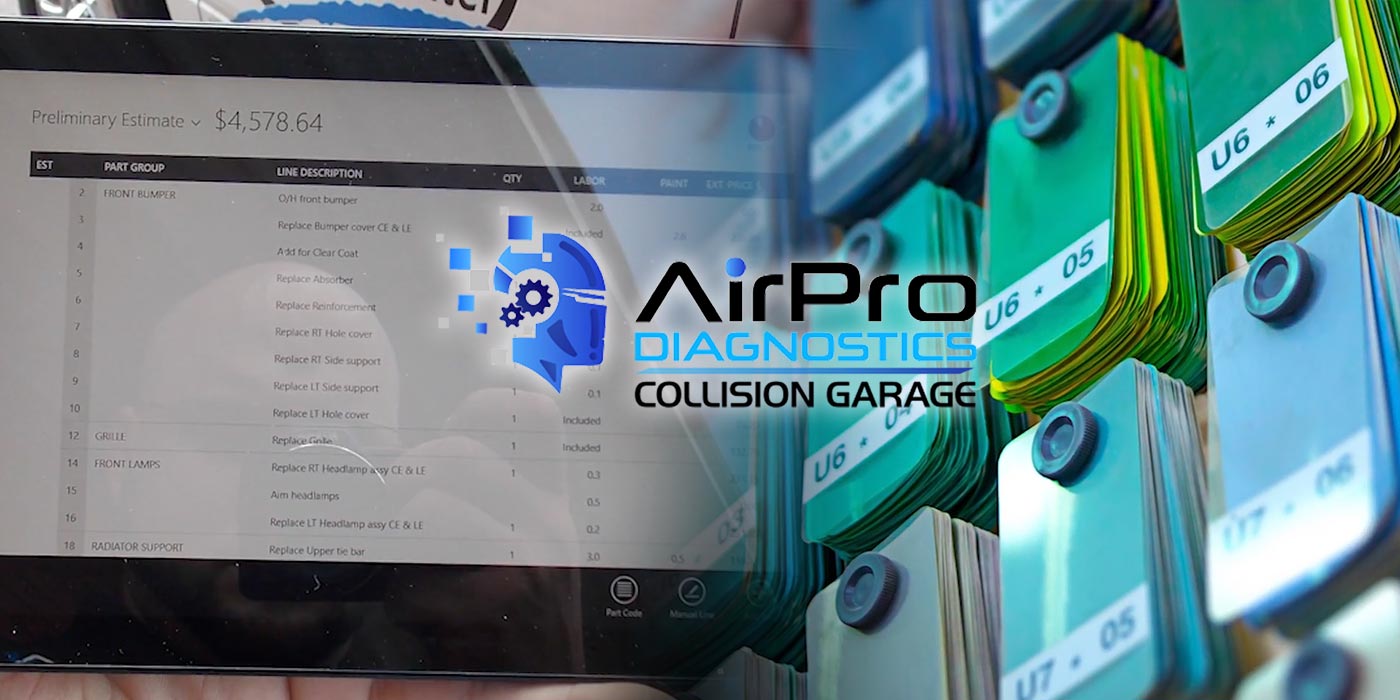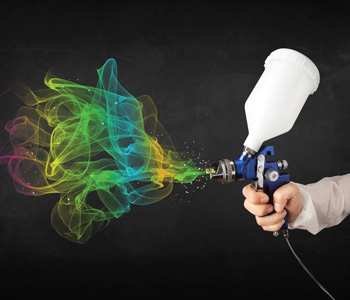 Since there isn’t a tsunami of brand-new body shops opening anywhere across the country, paint vendors are intent on growing their sales by converting the existing shops from one jobber and paint brand to another. Many times, the enticements to switch brands sound like a great deal, and they certainly may be. But major shop changes (like the quality and brand of paint and the local supplier) require major examination to determine the best outcome.
Since there isn’t a tsunami of brand-new body shops opening anywhere across the country, paint vendors are intent on growing their sales by converting the existing shops from one jobber and paint brand to another. Many times, the enticements to switch brands sound like a great deal, and they certainly may be. But major shop changes (like the quality and brand of paint and the local supplier) require major examination to determine the best outcome.
Great Painters
Let’s start the exam with an obvious truth: a great painter can make anything work. Today’s most productive and professional auto body painters changed their game plan to match the new offering’s paint chemistry. Earlier in my career, the best painters would change the paint’s chemistry (catalyst and solvent speeds) to match their game plan. The productivity wizards who are flagging the most refinish hours these days do both: they change their spray style, gun distance, hand speed and flash times to match the paint company’s directions. Once at that stage, they’ll fiddle with the mix ratios, air pressures and re-coat times until the paint lays out to their complete satisfaction.
But not every painter meets my arbitrary definition of a “great painter.” Many more folks in our industry can get the repair covered and blended “close ’nuff” than can spray any brand of anything at production speeds immediately. Whatever brand and quality of paint your shop currently uses, the painters know the speedy shortcuts.
The shop’s learning curve on a new line obviously varies with the skills of the painters and the convenience of the paint line. Sadly, I often see the shop painters resentful and obstinate that a change in brands has been made by the front office without their knowledge. Just like a good painter can make anything work well, angry painters can make any new brand perform poorly, too.
Status Quo
Whichever brand, whichever quality and whichever local jobber, your shop has no doubt worked out many paint-related issues and are currently painting customer cars every day in a productive fashion. Knowing exactly what to expect from the jobber’s sales force, the delivery schedule, the color match, the clearcoat film build, the tricks to a perfect blended edge, the dry time to scuff and buff and numerous other refinish issues all contribute to smoothly scheduling shop production flow. Changing your shop to a new vendor and a new paint line means starting over on all those things –a decision that should be made very carefully.
Paint Quality
Within most auto paint brands, there are three basic levels of product offering. These are referred to as qualities, not as in good or bad but as in market position. High-end, high-priced offerings bring the best that paint manufacturer can offer: best color match, color holdout, resin content, undercoat variety and much more. Middle-priced qualities are the heart of the market. More competitive prices, acceptable pigment loads, quick recoat times and easy-to-use color tools all make for best-selling paint lines. The least expensive paint qualities sacrifice some things in the name of low prices. Often, the most visible difference to the body shop is the color match.
Building clearcoats and undercoats is relatively easy. Resin content, solvent loads and raw material quality are easy to manipulate and manufacture. Matching thousands and thousands of new color offerings every year is incredibly expensive. As a result, the less expensive qualities within a given paint brand spend significantly less on color tools and color match. Given that color match is the painter’s biggest problem, buying the most expensive quality with the best color tools makes sense for most production shops. Used cars painters may be able to operate productively with a less expensive quality and their resulting limited color pallet.
Apples to Apples
Sadly, I see many shops make their paint line and quality decision solely based on their discount from a printed price list.
“I’m getting 25 or 30 or 35 percent off,” they say with great pride.
Off “what” is the key question. Twenty five percent off Brand X may be much less money than 35 percent off Brand Z.
For simplicity’s sake, let’s pretend that the shop is choosing one of three qualities from the same paint manufacturer. Their premium quality offering has a printed price of $100, their middle quality costs $80 and their economy quality costs only $60. In each case, the local jobber will offer them a 25 percent discount to switch from their current vendor. They’ll pay $75 for the best stuff, $60 for the good stuff and only $45 for the cheap stuff. By looking carefully at the various features, advantages and benefits of each quality, they can make a relatively informed decision.
When the body shop’s choice isn’t within one paint line, the problem gets much harder. First, the corresponding qualities in another brand are not exactly the same price. In the example above, the premium offering from Brand X is $100, but the competitive high quality from Brand Y is $110 and the premium offering from Brand Z is $90. To make the problem even more complicated, the body shop may be looking at a premium line from Brand Z and a middle quality line from Brand Y. Multiply the discount offered times the price for each competitor and confusion quickly reigns supreme. No wonder shops just want to go with the biggest discount; it looks like an easy choice!
“I’ll take the 30 percent off deal,” they say. But 30 percent off $100 isn’t as good as 25 percent off $80…or is it?
Do the Math
There are several common paint shop calculations that can help in comparing offerings from competing vendors. One is called Ready-to-Spray (RTS) and is simply the cost of a quart of product mixed, thinned and activated. This helps level the playing field when shopping for new refinish material; the gallon of clear from Brand X was $200 and the gallon from Brand Y was $250, but when they’re both correctly mixed and catalyzed (ready to spray), a quart of Brand X was $55 and Brand Y was $45. That helped a little, but there’s always more to know.
Imagine the RTS quart of a premium offering clear was $60 and a RTS quart of the economy quality was only $30. Clearly you would want the $30 version, right? The only way for a paint company to cut product cost is to cut out some of the expensive stuff. High solids clear resin is expensive, and enamel reduce isn’t. Manufacture a clearcoat with less resin and more reducer, and the cost goes down rapidly…but so does the coverage. If it takes four coats of the cheap stuff to reach the same film build as two coats of the expensive stuff, was it a good deal?
One factor in the equation is the cost of the liquid in the cup but, in addition, the most expensive thing in any paint shop is always labor time. Those extra coats cost the painter lots more time over the course of a month. Therefore, another useful calculation in comparing disparate brands and qualities is square foot coverage. How far will the RTS quart go? If a pint of Brand Z covers one panel and a pint of Brand Y covers two panels, both at two mils thick, Brand Y seems like the choice. But wait…there’s still more!
Application times, flash times between coats, bake times and delivery times vary substantially from one brand and quality to the next. Even more paint math is required. No wonder many shops just want to quit when they hear the biggest discount percentage: “Sold at 28 percent off!” Unfortunately, that may leave the paint shop buying a poor hiding, poor matching, slow drying paint line that requires many coats.
Major shop decisions have major impacts on productivity. Before your shop jumps on the next vendor through your door with an upfront check in their hand and a tasty discount off the paint bill, do some serious math. Good jobbers are happy to help with the calculations. If your jobber can’t do the appropriate math formulas (RTS, coverage, flash times) and just wants you to bite on the big discount, they may not be the jobber partner your shop needs.
Paint Is Paint?
I still hear folks in the front office say “paint is paint” and it doesn’t make any difference which brand, which quality or which jobber sells it to me. But it does make a difference. Labor time is always the key driver in collision repair. Great color match, extensive color tools, fast dry and ease of use will make the shop more money than a cheap price on any economy brand.
Good local jobbers deliver much more than a can of paint, too. Before your shop switches paint lines or qualities, plan to spend some quality time with your calculator first. This is a key shop decision and shouldn’t be made without input from both the office and the painters. Once all the math is done, do a trial run with the two finalist brands in your own shop for a week or so. Better to find out the problems early than suffering along under legal contract for the next five years.
Numbers play an important part in any business decision, but good-looking paint work in the least time wins this contest every time. Choose your new paint line carefully.
Mark R. Clark is owner of Professional PBE Systems in Waterloo, Iowa. He’s a popular industry speaker and consultant and is celebrating his 26th year as a contributing editor to BodyShop Business.


